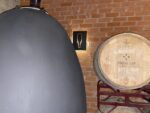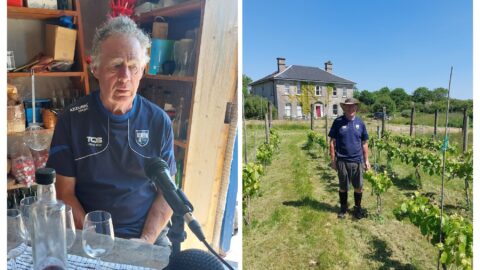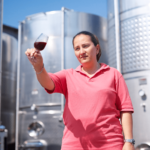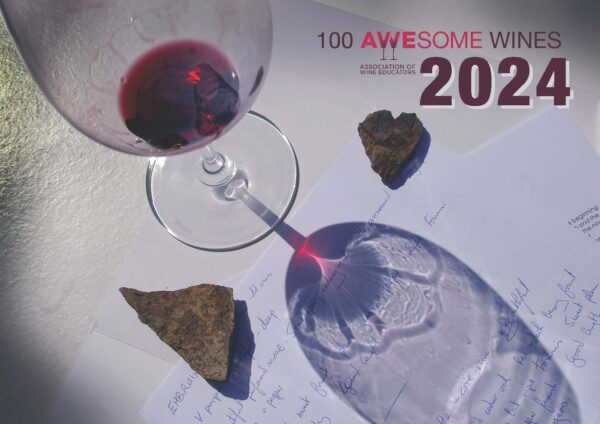No matter how often you hear about the work winemakers are doing in the interests of sustainability, seeing it first-hand has a much stronger impact. Such was the case when Heather Dougherty and I visited the Penedès at the beginning of April on the first ever Advanced Educator Course and which now finds us both accredited as Cava Educators. Further, the developments Cava producers are making alongside the D.O. board is ensuring an increase in quality which, if justice is served, will lead to a boost in its reputation.
Some facts:
The areas for producing Cava have been expanded to 3 other parts of Spain but the region of Comtats de Barcelona with its 5 subzones remains the most important accounting for 95% of production.
Cava de Guarda is the new term they would like people to use to emphasise that these are wines which have been aged in the cellars
Cava de Guarda Superior includes Reserva, Gran Reserva and Paraje Calificado categories. From 2025, and this I think is a powerful move and possibly one made on the back of the breakaway Corpinat producers, this category of Cava must be produced from vineyards with a minimum age of 10 years and must be 100% organic.
Reserva must now be aged for 18 months rather than 15.
Gran Reserva must be aged for 30 months and the Paraje de Calificado for 36 though in my experience they are aged for much longer than the minimum required. Several we tasted were aged from between 6 and 12 years.
You will find more information on the D.O Cava website.
Sustainability
Sustainability and organics featured often in the two day intensive trip. One visit focused entirely on this including biodiversity but in fact all wineries were keen to talk about the work they were doing to ensure healthy vineyards and better quality grapes.
Vins el Cep
I just love this story. Four vine growing and winemaking neighbouring families going back to the 15th century came together in 1980 to pool their resources. Their shared passions led to them sharing their land, their knowledge and a label. Their core belief in respecting the terroir, maintaining the biodiversity of the land means that you walk through forests before arriving in the vineyards. Since 2003 they have been biodynamic and in 2006 produced the first ever biodynamic Cava. Their commitment to sustainability means that they control and look to improve their water management, renewable energy and energy efficiency. It helps that the vineyards surround the winery. The wines were impressive in an elegant and understated way, and at least a couple of them are available from Amathus. I would have loved to buy some if I hadn’t been flying. Next time, I’ll drive!
Vilarnau
This is a Cava brand, owned by Gonzalez Byass, that was already familiar to me and I even chose their Reserva as one of my 3 AWEsome wines for this year’s brochure. I knew the quality was high and that the wines were organic. But it was fascinating to see the work they were doing on sustainability and to hear how passionately and proudly Eva Plazas Torné spoke about her work in this area. Vilarnau was one of the first wineries to be awarded the Wineries for Climate Protection certification for their ongoing mission to reduce their carbon footprint. They have installed a biomass boiler reducing their fossil fuel consumption by around 25,000l of diesel per year. They collect rainfall which is transferred to their own reservoir where the water is used for cleaning then again for irrigation (if required) – re-cycling and waste recovery.
There is much more to say about the wines and Eva’s experimentation with winemaking, for example using chestnut barrels, but I think that’s for a another blog. I can recommend the wines for tastings because they are affordable, good quality with a memorable design. I also recommend them for drinking. They are widely available.
Tags: cava cava academy cava de guarda cava educator paraje calificada Penedes vilarnau vins el cep

















